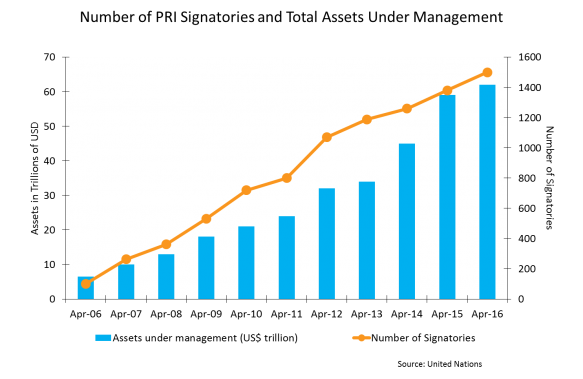In a recent Financial Times column[1], Miles Johnson cautioned readers not to rely too heavily on index p/e ratios to gauge buying opportunities in the market. I wholeheartedly agree that investors should avoid over-reliance upon any single metric, but it is important to consider how p/e ratios are calculated, what their limitations are, and what they may convey about market conditions.
Mr. Johnson referred to an S&P 500 p/e of “more than twenty” around the market trough of the financial crisis, and he is looking for an answer to why “… the index appeared expensive at its bottom…” He poses a good question, but goes on to mistakenly confuse the inherent challenges of using p/e ratios to time markets with a misplaced critique of the method used by S&P DJI to calculate index earnings. I’ve discussed the calculation of index earnings before, so here I’ll address the nature of p/e ratios. The answer to why the market may have appeared expensive at its trough really has only to do with the nature of earnings cycles – particularly around inflection points.
What did we know, and when did we know it?
Consider data frequency of the numerator and denominator of a frequently cited p/e ratio, price to trailing earnings. Price is revised moment to moment during trading hours, and even after hours. Earnings, on the other hand, are accounting estimates updated quarterly (and sometimes historically restated) with a substantial lag of about 6-8 weeks for most S&P 500 companies.
Reviewing the Index Earnings file[2] compiled by Howard Silverblatt, Senior Index Analyst here at S&P DJI, reveals that the Q4 2008 reporting period saw S&P 500 losses of $.09 per share on an operating basis[3] and $23.25 per share on a GAAP basis. This was the trough of the financial crisis earnings cycle. However, the index did not record its daily closing low of 676.53 until March 9, 2009 – which is about the time when the full extent of Q4 losses would have become clear due to the reporting lag of financial statements. The chart below therefore lags GAAP index earnings by 2 months to reveal earnings for the previous quarter’s reporting period around the time they would have been known historically. The chart covers 5 years from June 2004 through June 2009.

Source: S&P Dow Jones Indices, LLC
The chart shows that when earnings grow, as they have tended to do most of the time, p/e ratios can serve as pretty reliable indicators of the richness of the market. As the market peaked at 1565.15 on October 9, 2007 its earnings multiple of 18.4 times trailing GAAP EPS was probably considered reasonable (or at least not unreasonable) by many observers. However, the earnings cycle was at an inflection point and about to turn down. Only forward looking p/e ratios could possibly take this into account, but consensus estimates of securities analysts also have several inherent weaknesses such as herding, short-term focus, hindsight bias, and potential conflicts of interest.
As the downturn in the earnings cycle played out, the index price noisily responded to expectations until the market convinced itself that the worst of the earnings news had been priced in. By this time the price level of the S&P 500 was more than cut in half and a backward looking GAAP p/e ratio looked horrific. The key to the buying opportunity was in recognizing that while the S&P 500 price had been cut in half its earning power had not been. The historic buying opportunity of early 2009 had nothing to do with p/e ratios, which only serve reliably when earnings are in a trend – not an infection point.
[1] Miles Johnson (September 20, 2016). Don’t be fooled by p/e ratios when the next big sell-off comes. The Financial Times Smart Money Column.
[2] Available at http://us.spindices.com/indices/equity/sp-500 in the “Additional Info” dropdown menu.
[3] Operating earnings in Howard Silverblatt’s file are defined as income from sale of goods and services excluding corporate transactions such as M&A, financing, and layoffs, as well as unusual items.
The posts on this blog are opinions, not advice. Please read our Disclaimers.














































